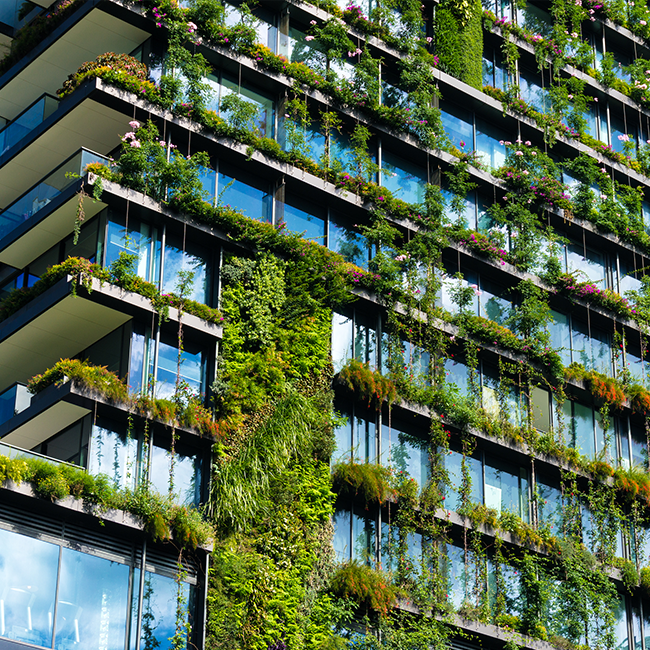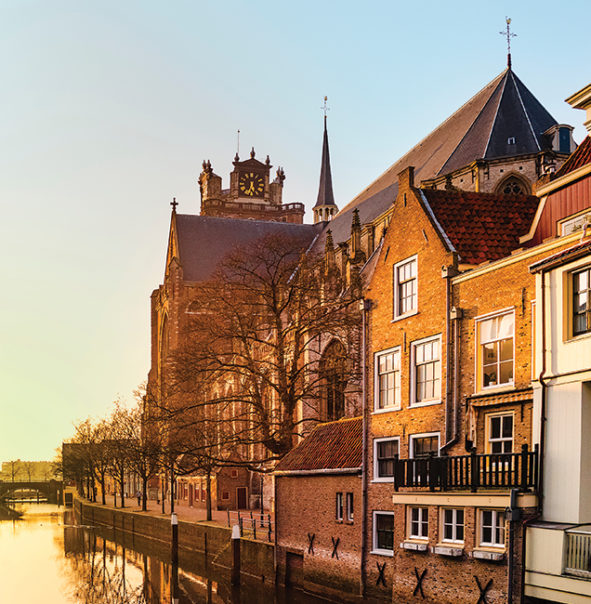Assessment framework circular issue business parks
Older business parks are the problem child in the built environment for many municipalities. They are often dull, gray areas where many people do not feel safe, especially at night. In studies of heat stress and risk of flooding, business parks invariably light up as the hottest areas with a high risk of flooding during heavy rainstorms. Sustainability, climate and reuse of building materials are not taken into account in the construction of business premises. As a result, business premises often remain in use well beyond their depreciation period, ultimately leading to deterioration.
To prevent the same problem from arising at new business parks, many municipalities are setting requirements for the way business parks are developed. However, municipalities often still struggle with the question of what requirements they should set, how those requirements will remain guaranteed in the long term, and who pays for the measures required of developers, property owners and users.
Ecorys has developed an assessment framework to help municipalities contribute to a sustainable and circular development of business parks through their issuance strategy. Based on a number of fixed themes, this assessment framework is tailored to the needs of the municipality or developer.
The themes relate to circular construction and operations. That is, circular building materials are used and the property is easy to disassemble and rebuild. Depending on the type of user, requirements and wishes may also be included about circularity of business processes. The assessment framework also includes other related themes such as climate adaptation (more space for greenery and water to reduce heat stress and flooding risks and to promote biodiversity); contributing to the energy transition according to the BENG standardization and attention to broad prosperity (a pleasant and safer living, working and leisure environment).
With the assessment framework, the municipality awards points to the plans of developers or entrepreneurs, making it clear in a simple way which plan makes the greatest contribution to the municipality’s sustainability goals. Linked to this, we have developed a financial model that provides insight into the costs and benefits of measures. As a result of these assignments, Ecorys co-authored the consideration framework for circular land allocation.
For more information, visit the SADC website.

22 July 2022
2 minute read
Services
Key Experts
Jonas Kolenberg
Consultant
Luc Heestermans
Senior Consultant



